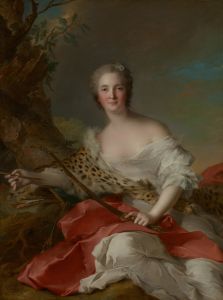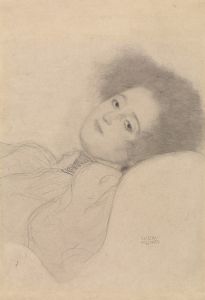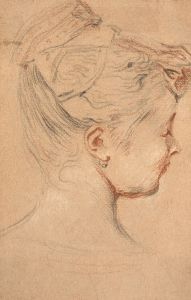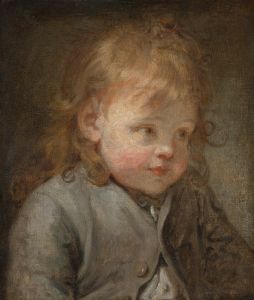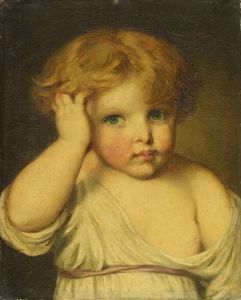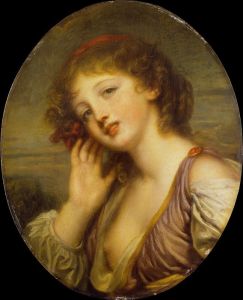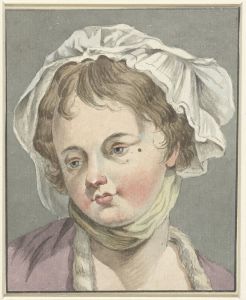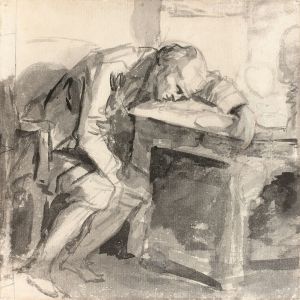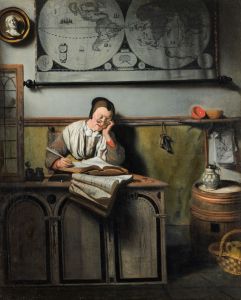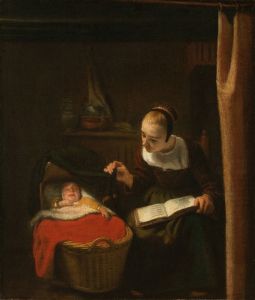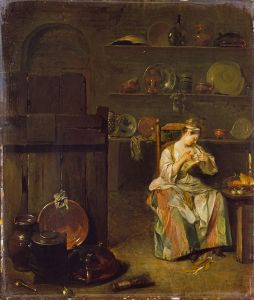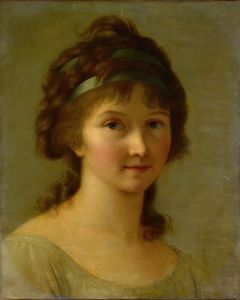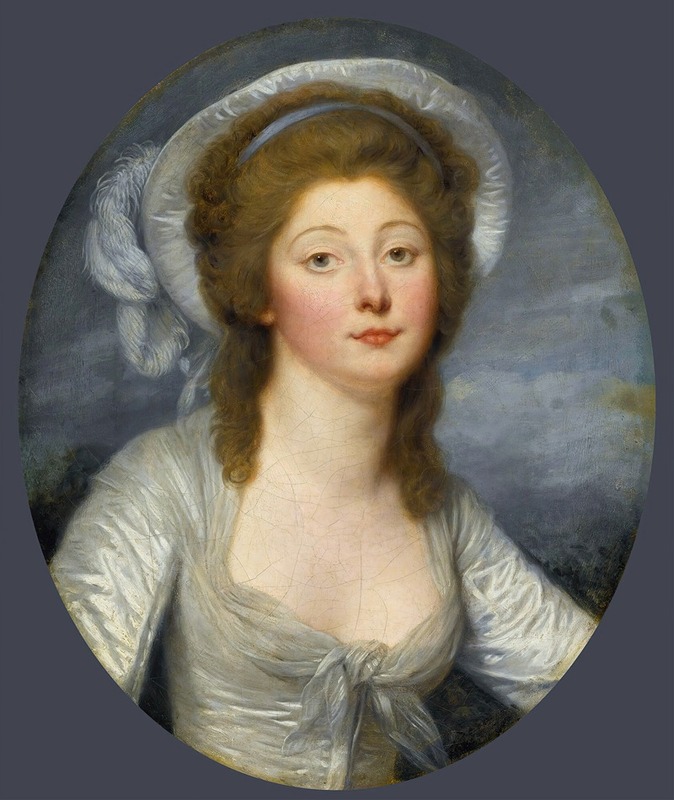
Portrait Of A Young Woman, Called Mademoiselle Montredon
A hand-painted replica of Jean-Baptiste Greuze’s masterpiece Portrait Of A Young Woman, Called Mademoiselle Montredon, meticulously crafted by professional artists to capture the true essence of the original. Each piece is created with museum-quality canvas and rare mineral pigments, carefully painted by experienced artists with delicate brushstrokes and rich, layered colors to perfectly recreate the texture of the original artwork. Unlike machine-printed reproductions, this hand-painted version brings the painting to life, infused with the artist’s emotions and skill in every stroke. Whether for personal collection or home decoration, it instantly elevates the artistic atmosphere of any space.
"Portrait of a Young Woman, Called Mademoiselle Montredon" is a painting by the renowned French artist Jean-Baptiste Greuze. Greuze, born on August 21, 1725, in Tournus, France, was a prominent figure in 18th-century French art, known for his genre paintings, portraits, and moralizing narratives. His works often depicted scenes of domestic life and were characterized by their emotional depth and attention to detail.
This particular portrait, "Portrait of a Young Woman, Called Mademoiselle Montredon," exemplifies Greuze's skill in capturing the subtleties of human expression and character. The painting portrays a young woman, identified as Mademoiselle Montredon, though little is known about her identity beyond her association with this artwork. The title suggests a personal connection or commission, which was common in portraiture of the time, where individuals sought to immortalize their likenesses through the hands of skilled artists.
Greuze's technique in this portrait reflects his mastery of the Rococo style, which was prevalent during his lifetime. The Rococo movement was characterized by its ornate detail, lightness, and emphasis on elegance and beauty. In this painting, Greuze employs a soft color palette and delicate brushwork to convey the youthful grace and poise of the sitter. The young woman's attire and hairstyle are indicative of the fashion of the period, further situating the work within its historical context.
The composition of the portrait is intimate, focusing closely on the subject's face and upper body. Greuze's attention to the play of light and shadow across her features adds a sense of realism and three-dimensionality to the work. The young woman's expression is serene and contemplative, inviting viewers to ponder her thoughts and emotions. This ability to evoke an emotional response is a hallmark of Greuze's portraiture, which often sought to capture not just the physical likeness but also the inner life of his subjects.
Jean-Baptiste Greuze's career was marked by both acclaim and controversy. He achieved significant success in the 1760s and 1770s, with his works being highly sought after by collectors and patrons. However, his later years were less prosperous, as changing tastes and the rise of Neoclassicism led to a decline in the popularity of his style. Despite this, Greuze's contributions to French art have been recognized for their emotional depth and technical skill.
"Portrait of a Young Woman, Called Mademoiselle Montredon" remains an example of Greuze's ability to blend technical precision with emotional resonance. While specific details about the sitter and the circumstances of the painting's creation may be limited, the work continues to be appreciated for its aesthetic qualities and its reflection of the artistic trends of its time. Today, Greuze's paintings, including this portrait, are held in various public and private collections, where they continue to be studied and admired for their contribution to the history of art.





